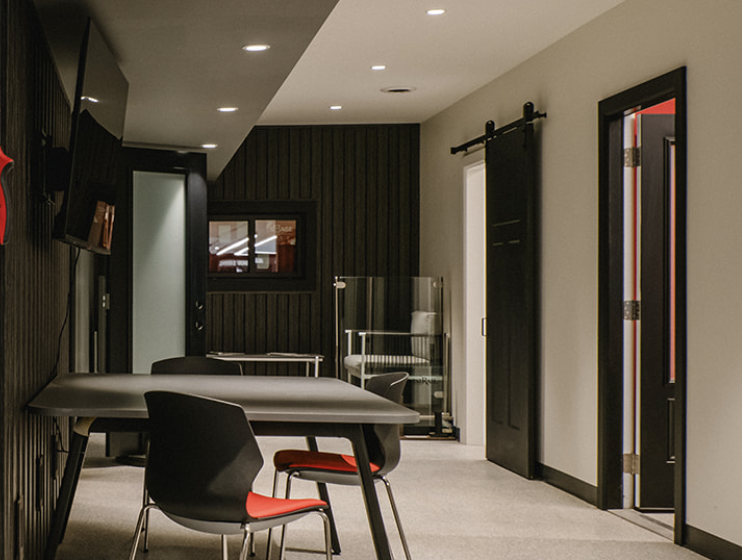Picture this scenario. You are standing on a construction site where everything looks perfect on paper. The architectural plans are approved, the timeline is set, and the budget is ready. But three weeks into the project, you discover the HVAC ductwork clashes with the planned ceiling design. The electrical layouts conflict with the modern office design features your client demanded. Suddenly, your smooth timeline becomes a nightmare of delays and cost overruns. This is the reality that many contractors face when MEP systems and office interior design work separately rather than together. But what if there was a better way forward?
The construction industry faces mounting pressure today. With cost overruns averaging 35% on building projects and 91% of construction firms struggling to fill positions, contractors need every advantage they can get. The solution lies in understanding how a professional office interior designer can transform contractor issues from roadblocks into stepping stones toward success.
The Real Problems Contractors Face with MEP and Design Alignment
Contractor issues in modern office design projects often stem from poor coordination between mechanical, electrical, plumbing systems and interior design elements. When these disciplines work separately, the results can be devastating. Studies show that 44.8% of projects experience problems due to inaccurate, incomplete, or late designs. This creates cascading effects that impact budgets, schedules, and quality outcomes.
Modern office design demands sophisticated MEP coordination. Today’s office interior design includes complex lighting systems, advanced HVAC requirements, and integrated technology infrastructure. When contractors try to install these systems without proper coordination with the office interior designer, conflicts become inevitable. The electrical conduits may interfere with the planned ceiling features, or the plumbing layouts may clash with the office furniture design arrangements.
MEP coordination challenges become even more complex in commercial interior design projects. Each trade operates on its own timeline, often without understanding how their work affects the overall office interior design vision. This lack of communication between trades and the office interior designer creates the perfect storm for contractor issues to multiply.
How Professional Interior Design Teams Solve Contractor Issues
Professional office interior designers who understand construction bring game changing solutions to contractor issues. They coordinate MEP systems early in the design process, preventing the miscommunication that causes delays and cost overruns. When an office interior designer is involved from project start, they provide comprehensive plans that eliminate guesswork and reduce errors.
A design build interior partner approach creates single point accountability that simplifies project management for contractors. The office interior designer acts as an intermediary for aesthetic concerns, handling client feedback before it reaches contractors. This buffer system eliminates miscommunication and reduces time wasted on unnecessary rework.
Professional commercial interior design teams use digital platforms to share drawings, specifications, and revisions in real time. They leverage Building Information Modeling and 3D visualization to identify conflicts before they reach job sites. This prevents clash detection problems that typically create expensive contractor issues during construction.
The coordination process involves four critical steps. First, MEP system coordination based on building requirements and budget allows the office interior designer to evaluate different MEP schemes early. Second, MEP spatial layout coordination addresses space requirements while considering the office furniture design plans. Third, MEP partial layout coordination focuses on constructability, ensuring the office interior design vision can actually be built. Finally, MEP design verification prevents costly changes during construction.
Advantages and Disadvantages of Hiring an Office Interior Designer
The advantages of working with a professional office interior designer far outweigh the initial investment costs. Research shows that design build interior partner approaches complete projects 25% faster than traditional methods. When office interior designers understand construction processes, they create realistic budgets that accommodate design elements while staying within financial constraints.
Commercial interior design professionals prevent the 67% schedule extensions common in poorly planned projects. Their early involvement allows focus on key design features that impact employee experience while presenting options that achieve goals within budgets. Professional office interior designers also coordinate supply chains and procurement to prevent material related delays.
However, there are disadvantages to consider. The upfront cost of hiring an office interior designer may seem substantial for budget conscious contractors. Some office furniture design specialists may lack construction knowledge, potentially creating rather than solving contractor issues. Additionally, commercial interior design timelines can extend project planning phases, though this investment typically pays dividends later.
The key is selecting the right office interior designer. Look for commercial interior design firms with construction experience and demonstrated success in contractor collaboration. The best office interior design professionals can discuss technical details and show experience working on job sites rather than just in showrooms.
MEP Coordination Benefits and Statistics
The numbers tell a compelling story about MEP coordination benefits. Projects with collaborative design build interior partner relationships show improvements in completion times, budget adherence, and change order frequency. Construction teams that embrace early MEP coordination see 30% fewer delays and 25% better budget control.
Energy efficient MEP design, properly coordinated with modern office design elements, can reduce operational costs by up to 40% over the building’s lifetime. When office interior designers coordinate MEP systems with office furniture design plans, buildings perform better and require less maintenance.
Professional commercial interior design coordination prevents the costly rework that affects nearly half of all construction projects. Design build interior partner approaches provide single point accountability, reducing the finger pointing and delays that plague traditional project delivery methods.
Practical Implementation Strategies
Smart contractors recognize that office interior designers who understand construction are valuable team members rather than obstacles. Begin projects with clear communication about design intent, timelines, and budget constraints. When office interior designers and contractors align on key performance metrics, projects run more smoothly.
Establish regular coordination meetings and updates to address challenges that arise during projects. Professional commercial interior design teams that understand construction create detailed schedules that identify dependencies and estimate realistic timelines. This proactive approach keeps projects moving forward rather than stalling on unexpected issues.
Track project completion times, budget adherence, and change order frequency to measure the impact of professional office interior design involvement. Monitor communication effectiveness, material procurement timing, and trade coordination efficiency to identify areas for continued improvement.
The construction industry continues evolving toward integrated approaches where professional office interior design and construction work together seamlessly. Modern office design requires sophisticated coordination between MEP systems and aesthetic elements. Office furniture design must consider installation logistics and building system requirements.
Professional office interior designers with construction knowledge eliminate miscommunication that causes contractor issues and project delays. Commercial interior design coordination prevents costly change orders through early planning and realistic specifications. Design build interior partner relationships create competitive advantages through faster delivery, better quality, and more satisfied clients.
Frequently Asked Questions (FAQ):
How do professional office interior designers make construction faster?
Office interior designers with construction knowledge accelerate projects by coordinating with trades early, providing detailed documentation, and preventing miscommunication that causes delays. They specify materials that are readily available, coordinate office furniture design with construction schedules, and solve contractor issues proactively rather than reactively.
What specific contractor issues do professional commercial interior design teams solve?
Commercial interior design professionals solve supply chain disruptions by maintaining supplier relationships and coordinating deliveries. They prevent cost overruns through accurate specifications and early coordination. They eliminate communication problems by serving as single points of contact for design decisions. Most importantly, they reduce the 44.8% of projects affected by design related problems through proper planning and documentation.
What makes a design build interior partner different from regular office interior design services?
A design build interior partner combines office interior design expertise with construction knowledge under one contract. This integration eliminates communication gaps and coordination problems that slow traditional projects. Instead of separate contracts for design and construction, clients work with a single team handling both commercial interior design and implementation.
Key Takeaways:
- Professional office interior designers with construction knowledge eliminate miscommunication that causes contractor issues and project delays
- Design build interior partner approaches complete projects 25% faster through coordinated planning and execution
- Commercial interior design professionals prevent costly change orders through early coordination and realistic planning
- Office furniture design that considers installation logistics reduces delays and improves project flow
- Construction savvy office interior design teams solve contractor issues before they become problems
- MEP coordination with office interior design prevents 44.8% of project problems caused by design conflicts
- Modern office design requires integrated approaches where aesthetics and building systems work together seamlessly
- Professional designers coordinate supply chains and procurement to prevent material related delays
- Office interior designers who understand building processes create more realistic and achievable solutions
- Integrated design build interior partner relationships provide single point accountability that simplifies project management
The future belongs to contractors who embrace collaborative relationships with professional office interior designers. These partnerships create measurable improvements in project outcomes while reducing the stress and uncertainty that plague traditional construction approaches. Success in today’s challenging construction environment requires recognizing that office interior design and MEP coordination are not separate disciplines but integrated aspects of modern commercial construction.

